(BPT) – Organic, GMO-free, local, hormone-free and antibiotic-free: So many terms are attached to our food these days that it can be difficult to know what they really mean. Worldwide, 62 percent of consumers say they care about food and nutrition, and 80 percent read labels, according to a global survey conducted by Kynetec on behalf of the ENOUGH movement. Making safe, nutritious food choices is so important for our families. But with the profusion of labels and conflicting information, understanding the right choice is harder than ever.
Here are some common food terms and the truth behind them:
1. No added hormones
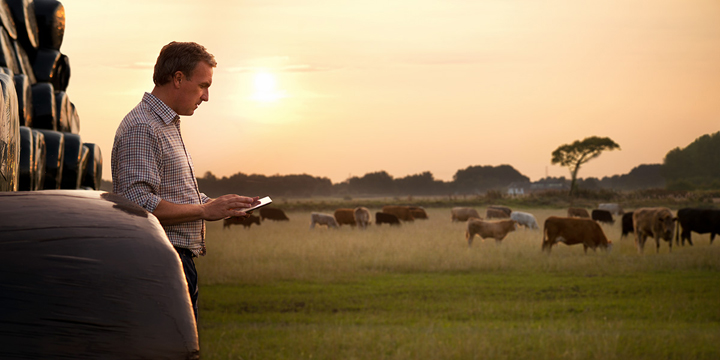
Seventy-three percent of consumers surveyed believe farmers use hormones to raise animals, more than 60 percent thought the label meant there were no hormones at all in those products, while about a quarter of people thought products with this label were higher quality. Since hormones occur naturally in all living things, from apples to zucchini, “no added hormones” doesn’t mean no hormones at all. Hormones are never used in pork or poultry production, but are used to help cows maintain their peak milk and to help cattle grow more efficiently. In beef and dairy production, hormone levels in food from animals supplemented with hormones are nearly identical to those that aren’t. And, hormones in naturally hormone-rich foods like cabbage and soy contain far higher levels than meat, milk and eggs.
2. Organic
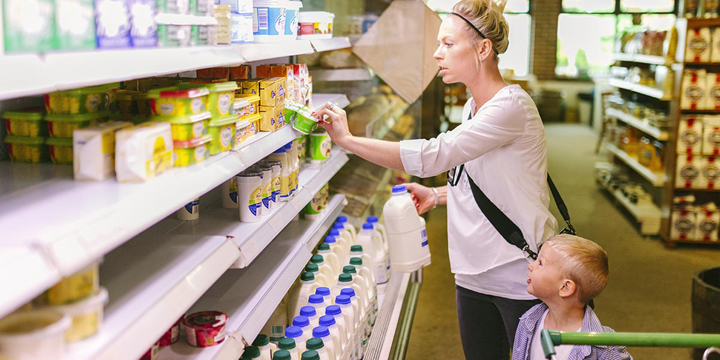
Many people report they buy organic food because they believe it’s pesticide-free (82 percent), it’s safer (75 percent), better for the environment (68 percent) and more nutritious (66 percent) than conventionally produced food. However, the label “organic” doesn’t mean any of those things. Organic farmers use a variety of pesticides made from natural sources like boron, copper sulfate and pyrethrin, similar to the synthetic version used in modern farming. What’s more, a landmark analysis from Stanford University, which compiled data from 237 studies, concluded there was no safety, health or nutrition difference found between conventional and organically produced food. Finally, organic farming produces less food — about 25 percent less on average. It requires significantly more land and resources to produce the same yield as modern farming methods. For example, to have raised all U.S. crops as organic in 2014, farmers would have required an additional 109 million acres of land, about the size of California, according to a report in Forbes.
3. Local
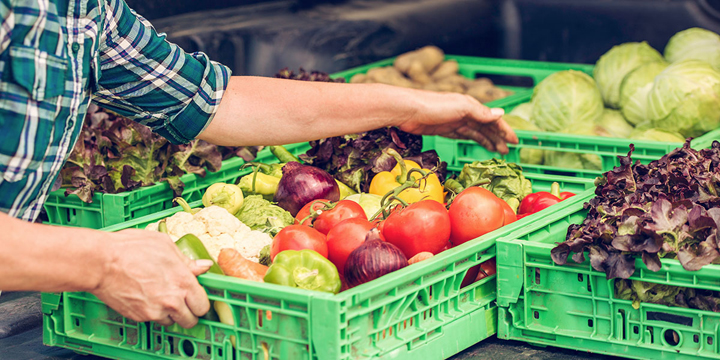
Consumers aren’t clear on what “local” means, but 90 percent surveyed still think it’s the second-most important solution for world hunger. There’s no agreed-upon definition of what constitutes “locally produced,” but the science says growing food where you eat it isn’t always best for the environment. For example, lamb produced in New Zealand, which generates a significant portion of its power from renewable resources, and shipped by boat to the United Kingdom would actually generate 70 percent less carbon dioxide than if the meat were produced in the U.K.
4. Modern farming
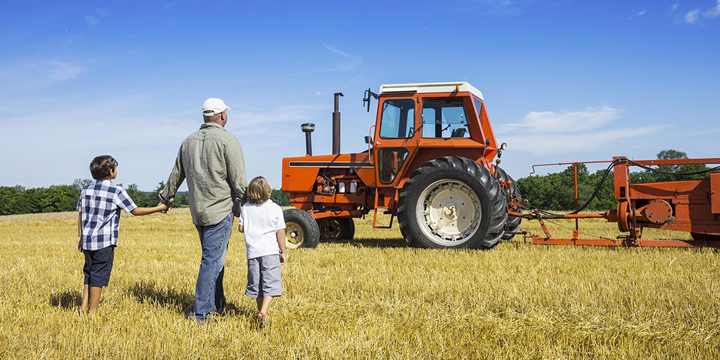
Does the term “modern farming” make you think of a big, corporate-run farming conglomerate? More than half of consumers surveyed think corporations run most farms. However, according to U.S. Census data, 97 percent of the nation’s 2.1 million farms are family-owned. Modern farming often brings animals indoors and gives them a precise diet, provides climate control, better herd management, less exposure to disease and helps improve food safety. For example, raising pigs indoors to control their feed has led to a near elimination of trichinosis, a potentially fatal disease caused by worms that were once more commonly present in pigs raised outdoors.
5. Raised without antibiotics
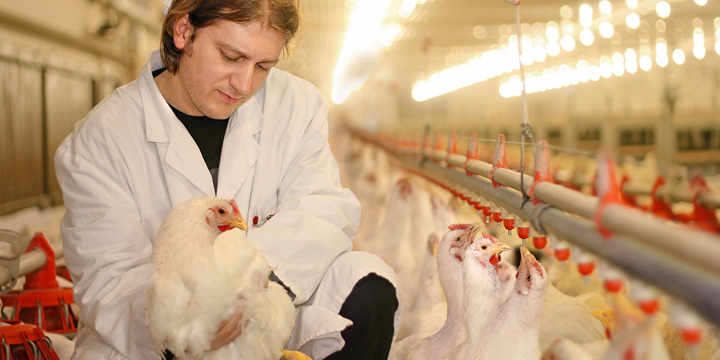
About one-third of consumers believed “no antibiotics” meant non-labeled products contained antibiotics. Regardless of whether an animal was sick and treated with an antibiotic or was raised without antibiotics, the food you buy is free from any harmful antibiotic residue. Testing helps ensure it.
Antibiotics are one way, but not the only way, that farmers keep their animals healthy. But using them alone, or in excess, is not sound farming. Farmers and veterinarians use many other methods, such as providing carefully balanced diets to keep animals’ immune systems strong and having clean, well-maintained housing. But because bacteria and other microbes are found everywhere in the environment, it’s virtually impossible to prevent animals from being exposed to disease, regardless of modern, organic or local production systems. Farmers work with veterinarians to use antibiotics responsibly, which means treating an animal that is sick with the right dose of antibiotics at the right time to help it get better.
For more information, visit www.enoughmovement.com/truth-about-food.






